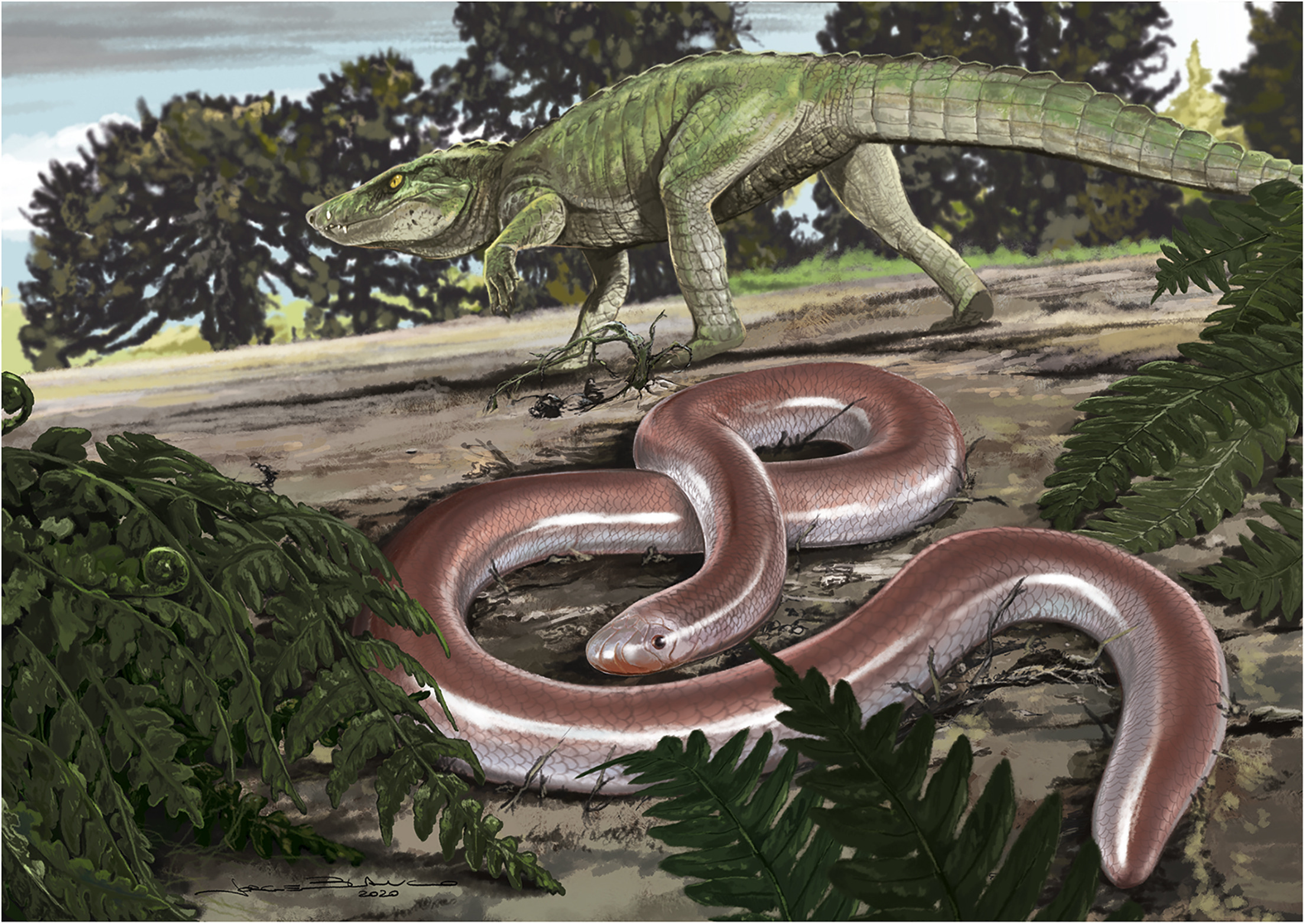|
Ialtris Agyrtes
''Ialtris agyrtes'', also known as the Barahona red-headed racer or the Barreras fanged snake, is a rare species of snake in the subfamily Dipsadinae of the family Colubridae endemic to the southwestern Dominican Republic. Taxonomy The species was described in 1976 by Albert Schwartz and Douglas A. Rossman. The holotype (LSUM 28564) is an adult female from Barreras, Azua, Dominican Republic; and was captured by a native collector on 25 July 1969. Etymology The name ''agyrtes'' has Greek origin, translating to "mimic, cheat", and bears reference to the superficial resemblance of this species to the related ''Ialtris parishi''. Description It is a small species of ''Ialtris'' with a nearly patternless, brown to tan dorsum. A pale whitish supralabial line is present, extending from the tip of the snout to the base of the head and with darker brown superior margins. The venter is also patternless, nearly white, and grading posteriorly to pale orange. ''I. agyrtes'' is a te ... [...More Info...] [...Related Items...] OR: [Wikipedia] [Google] [Baidu] |
Subfamily
In biological classification, a subfamily (Latin: ', plural ') is an auxiliary (intermediate) taxonomic rank, next below family but more inclusive than genus. Standard nomenclature rules end botanical subfamily names with "-oideae", and zoological subfamily names with "-inae". Detarioideae is an example of a botanical subfamily. Detarioideae is a subdivision of the family Fabaceae (legumes), containing 84 genera. Stevardiinae is an example of a zoological subfamily. Stevardiinae is a large subdivision of the family Characidae, a diverse clade In biology, a clade (), also known as a Monophyly, monophyletic group or natural group, is a group of organisms that is composed of a common ancestor and all of its descendants. Clades are the fundamental unit of cladistics, a modern approach t ... of freshwater fish. See also * International Code of Nomenclature for algae, fungi, and plants * International Code of Zoological Nomenclature * Rank (botany) * Rank (zoolo ... [...More Info...] [...Related Items...] OR: [Wikipedia] [Google] [Baidu] |
Wetmorena Agasepsoides
''Wetmorena agasepsoides'', the serpentine four-toed galliwasp, is an endangered species of lizard of the Diploglossidae family endemic to the Dominican Republic on the Caribbean island of Hispaniola. Taxonomy It was formerly classified in the genus ''Celestus'', but was moved to ''Wetmorena ''Wetmorena'' is a genus of diploglossid lizards endemic to the island of Hispaniola in the Caribbean, occurring in both the Dominican Republic and Haiti. Taxonomy There are two species, both of which were formerly classified in the genus ''Ce ...'' in 2021. References {{Taxonbar, from=Q2943927 Wetmorena Reptiles described in 1971 Reptiles of the Dominican Republic Endemic fauna of the Dominican Republic Taxa named by Richard Thomas (herpetologist) ... [...More Info...] [...Related Items...] OR: [Wikipedia] [Google] [Baidu] |
Anguidae
Anguidae refers to a large and diverse family of lizards native to the Northern Hemisphere. It contains 9 genera and 89 extant species. Common characteristics of this group include a reduced supratemporal arch, striations on the medial faces of tooth crowns, osteoderms, and a lateral fold in the skin of most taxa. The group is divided into two living subfamilies, the legless Anguinae, which contains slow worms and glass lizards, among others, found across the Northern Hemisphere, and Gerrhonotinae, which contains the alligator lizards, native to North and Central America. The family Diploglossidae (which contains the galliwasps) was also formerly included. Morphology and reproduction Anguids have hard osteoderms beneath their scales giving them an armored appearance. Members of the subfamily Anguinae have reduced or absent limbs, giving them a snake-like appearance, while members of Gerrohonotinae are fully limbed. Body type varies among species, with sizes ranging from ... [...More Info...] [...Related Items...] OR: [Wikipedia] [Google] [Baidu] |
Leptotyphlopidae
The Leptotyphlopidae (commonly called slender blind snakes or thread snakes) are a family of small snakes found in North America, South America, Africa and Asia. All are fossorial and adapted to burrowing, feeding on ants and termites. Two subfamilies are recognized. Description Relatively small snakes, leptotyphlopids rarely exceed in length; only '' Trilepida macrolepis'' and '' Leptotyphlops occidentalis'' grow larger. The cranium and upper jaws are immobile and no teeth are in the upper jaw. The lower jaw consists of a much elongated quadrate bone, a tiny compound bone, and a relatively larger dentary bone. The body is cylindrical with a blunt head and a short tail. The scales are highly polished. The pheromones they produce protect them from attack by termites.''Field Guide to Snakes of Southern Africa'' - Bill Branch (Struik 1988) Among these snakes is what is believed to be the world's smallest: '' L. carlae'' ( Hedges, 2008). Hedges SB (2008). "At the lower size li ... [...More Info...] [...Related Items...] OR: [Wikipedia] [Google] [Baidu] |
Mitophis
''Mitophis'' is a genus of snakes in the family Leptotyphlopidae. All of the species were previously placed in the genus ''Leptotyphlops''. All members of this genus are endemic to the island of Hispaniola (in the Dominican Republic and Haiti). Species The genus contains the following species:" ''Mitophis'' ". The Reptile Database. www.reptile-database.org. * ''Mitophis asbolepis'' * ''Mitophis calypso'', Samana threadsnake * ''Mitophis leptepileptus'', Haitian border threadsnake * ''Mitophis pyrites'', Thomas's blind snake References {{Taxonbar, from=Q2778733 Mitophis, Snake genera Taxa named by Stephen Blair Hedges Taxa named by Solny A. Adalsteinsson Taxa named by William Roy Branch Snakes of the Caribbean ... [...More Info...] [...Related Items...] OR: [Wikipedia] [Google] [Baidu] |
Fossorial
A fossorial animal () is one that is adapted to digging and which lives primarily (but not solely) underground. Examples of fossorial vertebrates are Mole (animal), moles, badgers, naked mole-rats, meerkats, armadillos, wombats, and mole salamanders. Among invertebrates, many molluscs (e.g., clams), insects (e.g., beetles, wasps, bees), and arachnids (e.g. spiders) are fossorial. Prehistoric evidence The physical adaptation of fossoriality is widely accepted as being widespread among many Prehistory, prehistoric Phylum, phyla and Taxon, taxa, such as bacteria and early eukaryotes. Furthermore, fossoriality has evolved independently multiple times, even within a single Family (biology), family. Fossorial animals appeared simultaneously with the colonization of land by arthropods in the late Ordovician period (over 440 million years ago). Other notable early burrowers include ''Eocaecilia'' and possibly ''Dinilysia''. The oldest example of burrowing in synapsids, the lineag ... [...More Info...] [...Related Items...] OR: [Wikipedia] [Google] [Baidu] |
Ophiophagy
Ophiophagy (Greek: , ) is a specialized form of feeding or alimentary behavior of animals which hunt and eat snakes. There are ophiophagous mammals (such as the skunks and the mongooses), birds (such as snake eagles, the secretarybird, and some hawks), lizards (such as the common collared lizard), and even other snakes, such as the Central and South American mussuranas and the North American common kingsnake. The venomous king cobra (''Ophiophagus hannah'') is also named for this habit. Ophiophagy in myth and legend :''The mythic associations of snakes are discussed at Serpent (symbolism).'' A snake-eating raptor appears in a legend of the ancient Mexican people, who gave rise to the Aztec empire; this is represented in the Mexican flag. The Mexica people, guided by their god Huitzilopochtli, sought the place where a bird lands on the prickly pear and devours a snake. They found their sign on an island in Lake Texcoco, where they erected the city of Tenochtitlan ("Place ... [...More Info...] [...Related Items...] OR: [Wikipedia] [Google] [Baidu] |
Typhlopidae
The Typhlopidae are a family of blind snakes. They are found mostly in the tropical regions of Africa, Asia, the Americas, and all mainland Australia and various islands. The rostral scale overhangs the mouth to form a shovel-like burrowing structure. They live underground in burrows, and since they have no use for vision, their eyes are mostly vestigial. They have light-detecting black eye spots, and teeth occur in the upper jaw. Typhlopids do not have dislocatable lower jaw articulations restricting them to prey smaller than their oral aperture. All species in the family Typhlopidae are fossorial and feed on social fossorial invertebrates such as termites and ants. The tracheal lung is present and chambered in all species. One species, the Brahminy's blind snake, is the only unisexual snake, with the entire population being female and reproducing via parthenogenesis. The tail ends with a horn-like scale. Most of these species are oviparous. Currently, 18 genera are recognized ... [...More Info...] [...Related Items...] OR: [Wikipedia] [Google] [Baidu] |
Scolecophidia
The Scolecophidia, commonly known as blind snakes or thread snakes, are an infraorder of snakes. They range in length from . All are fossorial (adapted for burrowing). Five families and 39 genera are recognized. The Scolecophidia infraorder is most-likely paraphyletic (with the family Anomalepididae recovered with strong support as sister clade to the 'typical snakes'). Taxonomy The infraorder name Scolecophidia derives from the two Ancient Greek words or σκώληκος (, genitive ), meaning "earthworm", and (), meaning "snake". It refers to their shape and fossorial lifestyle. Families Evolution Despite only having fossils as early as the Cretaceous, Scolecophidia itself likely originated in the Middle Jurassic, with Anomalepididae, Leptotyphlopidae, and Typhlopoidea diverging from one another during the Late Jurassic. Within Typhlopoidea, Gerrhopilidae likely diverged from the Xenotyphlopidae-Typhlopidae clade during the Early Cretaceous, and Xenotyphlopidae and ... [...More Info...] [...Related Items...] OR: [Wikipedia] [Google] [Baidu] |
Diet (nutrition)
In nutrition, diet is the sum of food consumed by a person or other organism. The word diet often implies the use of specific intake of nutrition for #Health, health or #Weight management, weight-management reasons (with the two often being related). Although humans are omnivores, each culture and each person holds some food preferences or some food taboos. This may be due to personal tastes or ethical reasons. Individual dietary choices may be more or less healthy. Complete nutrition requires ingestion and absorption of vitamins, Dietary mineral, minerals, essential amino acids from protein and essential fatty acids from fat-containing food, also food energy in the form of carbohydrate, protein, and fat. Dietary habits and choices play a significant role in the quality of life, health and longevity. Health A healthy diet can improve and maintain health, which can include aspects of mental and physical health. Specific diets, such as the DASH diet, can be used in treatment ... [...More Info...] [...Related Items...] OR: [Wikipedia] [Google] [Baidu] |
Agave
''Agave'' (; ; ) is a genus of monocots native to the arid regions of the Americas. The genus is primarily known for its succulent and xerophytic species that typically form large Rosette (botany), rosettes of strong, fleshy leaves. Many plants in this genus may be considered perennial, because they require several to many years to mature and flower. However, most ''Agave'' species are more accurately described as monocarpic rosettes or multiannuals, since each individual rosette semelparity, flowers only once and then dies; a small number of ''Agave'' species are polycarpic. Along with plants from the closely related genera ''Yucca'', ''Hesperoyucca'', and ''Hesperaloe,'' various ''Agave'' species are popular ornamental plants in hot, dry climates, as they require very little supplemental water to survive. Most ''Agave'' species grow very slowly. Some ''Agave'' species are known by the common name "century plant". is a Spanish word that refers to all of the large-leafed pla ... [...More Info...] [...Related Items...] OR: [Wikipedia] [Google] [Baidu] |



